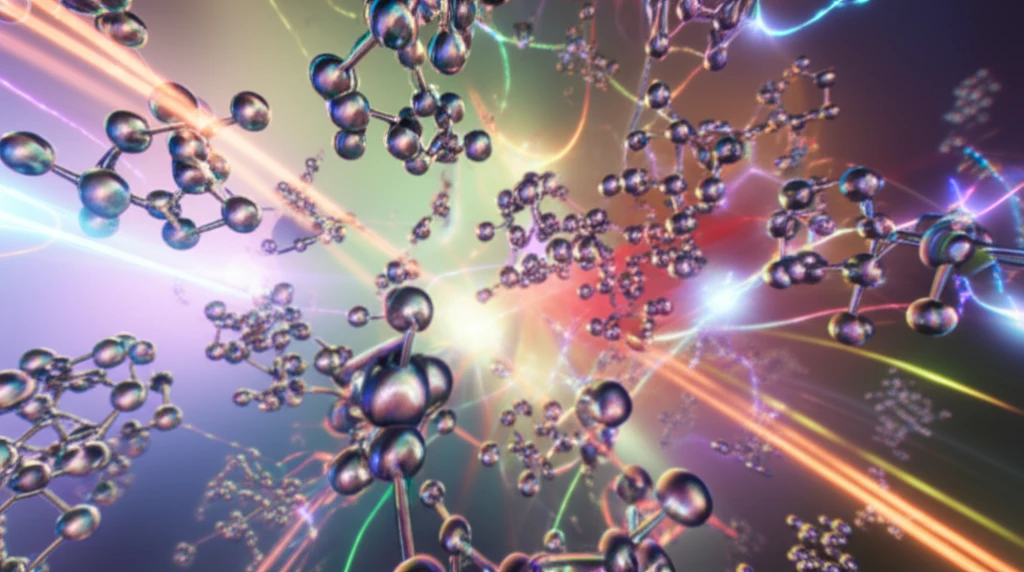
Nickel-Powered Chemistry: The Key to Building a Better Future?
"Unlocking the secrets of alkyl carbon-carbon bond formation for advanced materials and sustainable solutions."
For decades, chemists have sought efficient methods to forge carbon-carbon bonds, the very backbone of organic molecules. These bonds are essential for creating everything from life-saving pharmaceuticals to advanced polymers. Traditional methods, however, often rely on harsh conditions, expensive catalysts, and generate significant waste. But what if there was a way to build these molecules with less environmental impact and greater precision?
Enter nickel and photoredox catalysis, a dynamic duo that's transforming the field of chemical synthesis. This innovative approach harnesses the power of light to drive chemical reactions, using inexpensive nickel catalysts to create carbon-carbon bonds in a more sustainable and controlled manner. This breakthrough is particularly exciting because it tackles the long-standing challenge of linking alkyl fragments, complex molecular building blocks, that were previously difficult to connect.
Imagine a world where new medicines can be developed faster, where sustainable materials replace polluting plastics, and where complex chemical structures can be assembled with ease. The convergence of nickel and photoredox catalysis is making this vision a reality, opening doors to possibilities we never thought possible.
How Does This Nickel-Photoredox Magic Work?

The secret lies in the clever combination of two catalytic cycles: a photoredox cycle and a nickel-catalyzed cross-coupling cycle. Think of it like a miniature dance, where light activates a photocatalyst, which then energizes a nickel complex. This energized nickel then grabs onto alkyl radicals (fragments of molecules with unpaired electrons) and facilitates the formation of a carbon-carbon bond with another molecule.
- Mild Conditions: Reactions proceed under gentle conditions, minimizing unwanted side reactions and preserving delicate functional groups.
- Functional Group Tolerance: A wide variety of functional groups are tolerated, allowing for the synthesis of complex molecules with diverse functionalities.
- New Feedstocks: Enables the use of entirely new starting materials for cross-coupling reactions.
- Sustainability: Reduces waste and reliance on expensive or toxic reagents, promoting a greener approach to chemical synthesis.
What Does This Mean for the Future?
The rise of nickel-photoredox dual catalysis represents a paradigm shift in how we approach chemical synthesis. By embracing the power of light and earth-abundant metals like nickel, we can unlock new possibilities for creating complex molecules with greater efficiency and sustainability. This has implications for a wide range of fields, from medicine and materials science to agriculture and energy. As researchers continue to explore the potential of this technology, we can expect to see even more groundbreaking discoveries and applications in the years to come.
